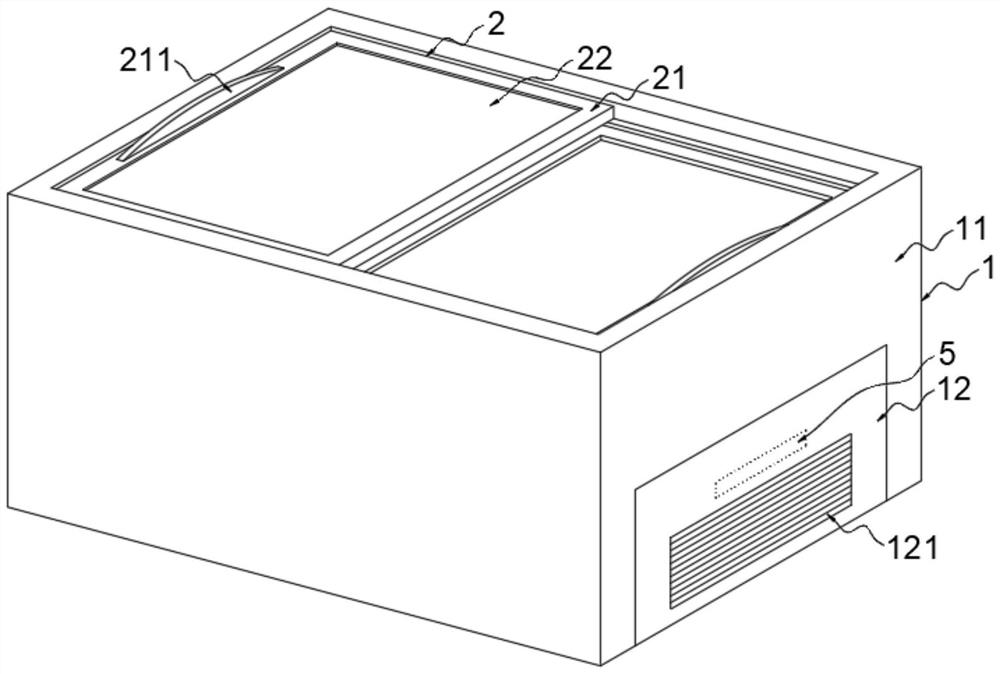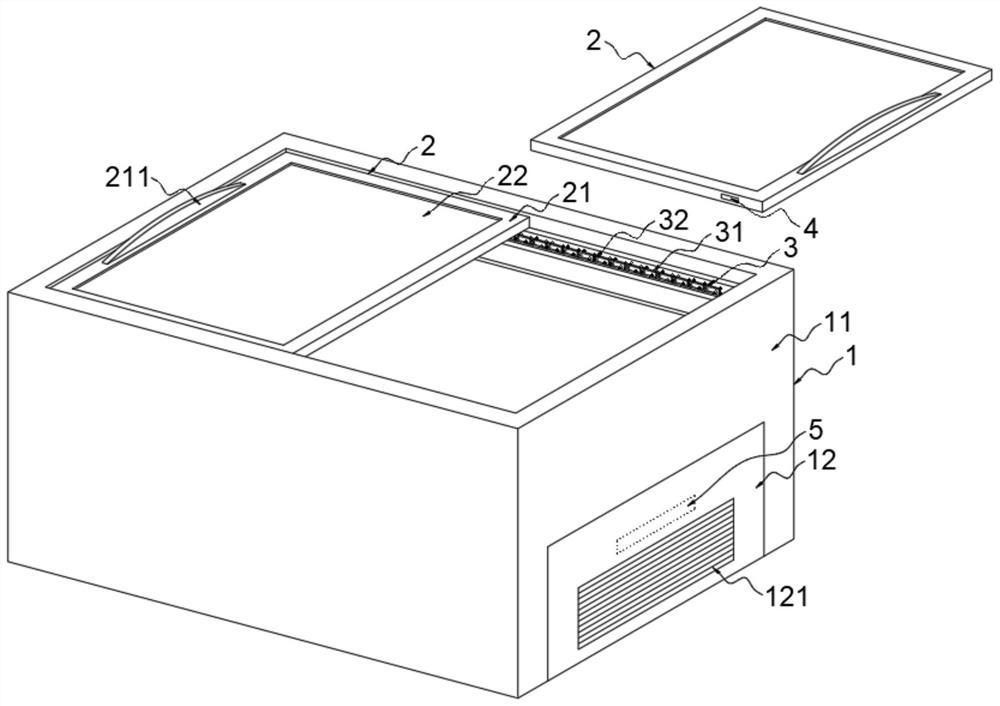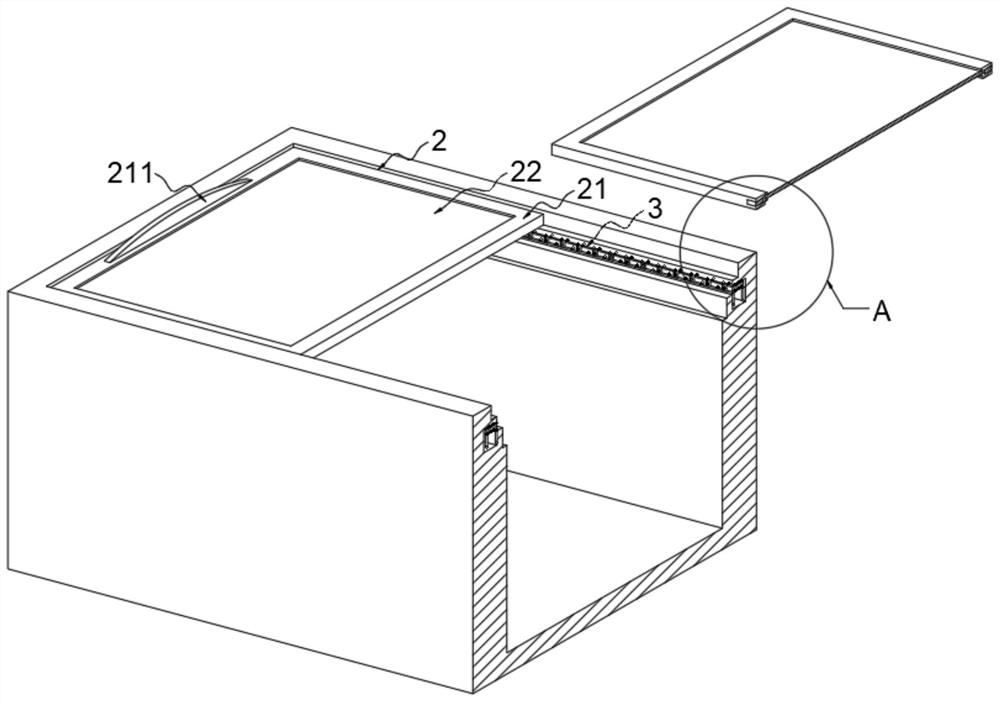Electromagnetic control stepless speed change door opening and closing refrigerator
A technology of infinitely variable speed and electromagnetic control, applied in household refrigeration devices, coolers, household refrigerators, etc., can solve the problems of occupying a large space, increasing the overall volume and weight of the freezer, and high noise, and achieves a higher degree of automation. The effect of saving maintenance trouble and low cost
- Summary
- Abstract
- Description
- Claims
- Application Information
AI Technical Summary
Problems solved by technology
Method used
Image
Examples
Embodiment Construction
[0031] The technical solutions in the present invention will be clearly and completely described below in conjunction with the accompanying drawings in the present invention. Obviously, the described inventions are only part of the inventions of the present invention, not all of them. Based on the inventions in the present invention, all other inventions obtained by persons of ordinary skill in the art without making creative efforts belong to the scope of protection of the present invention.
[0032] In describing the present invention, it is to be understood that the terms "length", "upper", "lower", "front", "rear", "left", "right", "horizontal", "top", " The orientation or positional relationship indicated by "bottom", "inner", "outer", etc. is based on the orientation or positional relationship shown in the drawings, and is only for the convenience of describing the present invention and simplifying the description, rather than indicating or implying the referred equipment...
PUM
 Login to View More
Login to View More Abstract
Description
Claims
Application Information
 Login to View More
Login to View More - R&D
- Intellectual Property
- Life Sciences
- Materials
- Tech Scout
- Unparalleled Data Quality
- Higher Quality Content
- 60% Fewer Hallucinations
Browse by: Latest US Patents, China's latest patents, Technical Efficacy Thesaurus, Application Domain, Technology Topic, Popular Technical Reports.
© 2025 PatSnap. All rights reserved.Legal|Privacy policy|Modern Slavery Act Transparency Statement|Sitemap|About US| Contact US: help@patsnap.com



